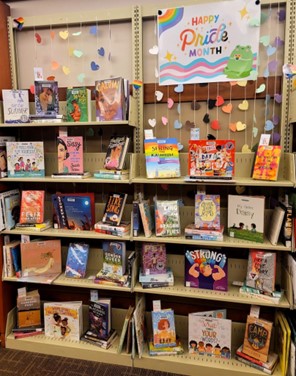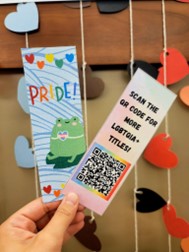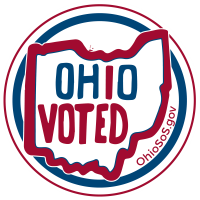
If you are registered to vote in Ohio, there is a special election happening on August 8th. The election is regarding changes to the Ohio Constitution, called Issue 1. According to the Ohio Secretary of State (https://www.ohiosos.gov/globalassets/elections/2023/spec/issuereport.pdf), the proposed amendment would:
• Require that any proposed amendment to the Constitution of the State of Ohio receive the approval of at least 60 percent of eligible voters voting on the proposed amendment.
• Require that any initiative petition filed on or after January 1, 2024 with the Secretary of State proposing to amend the Constitution of the State of Ohio be signed by at least five percent of the electors of each county based on the total vote in the county for governor in the last preceding election.
• Specify that additional signatures may not be added to an initiative petition proposing to amend the Constitution of the State of Ohio that is filed with the Secretary of State on or after January 1, 2024 proposing to amend the Constitution of the State of Ohio.
If passed, the amendment will be effective immediately.
See the library Election Resources online guide for general information about voting: https://guides.libraries.uc.edu/c.php?g=458551&p=3134307.
To find out where you can vote:
- Early voting: https://www.ohiosos.gov/elections/voters/toolkit/early-voting/
- August 8th: https://www.ohiosos.gov/elections/voters/toolkit/polling-location/
Deborah Tenofsky

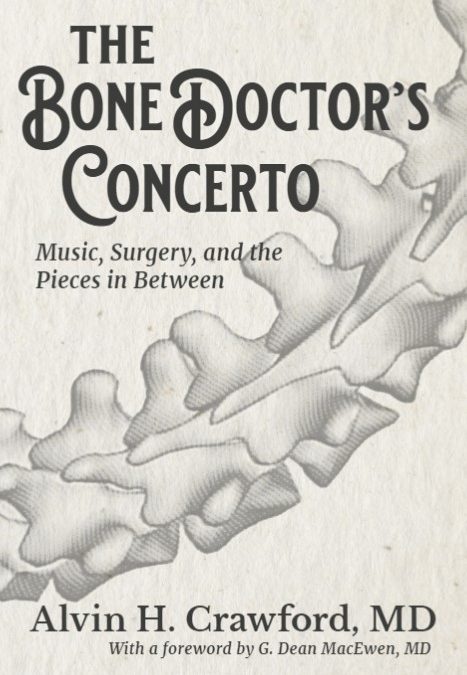
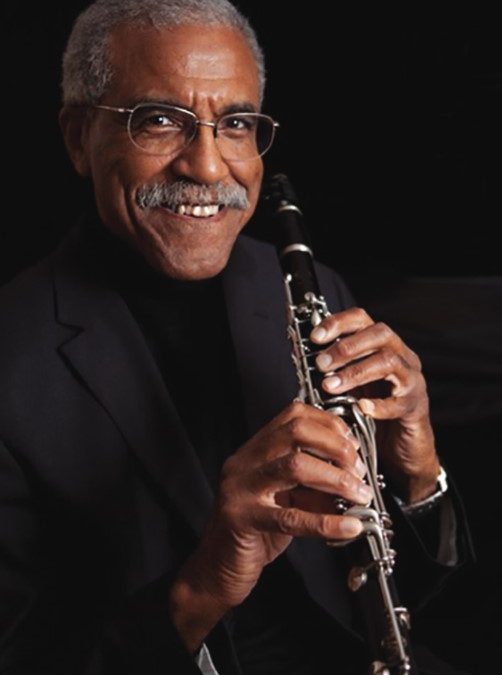
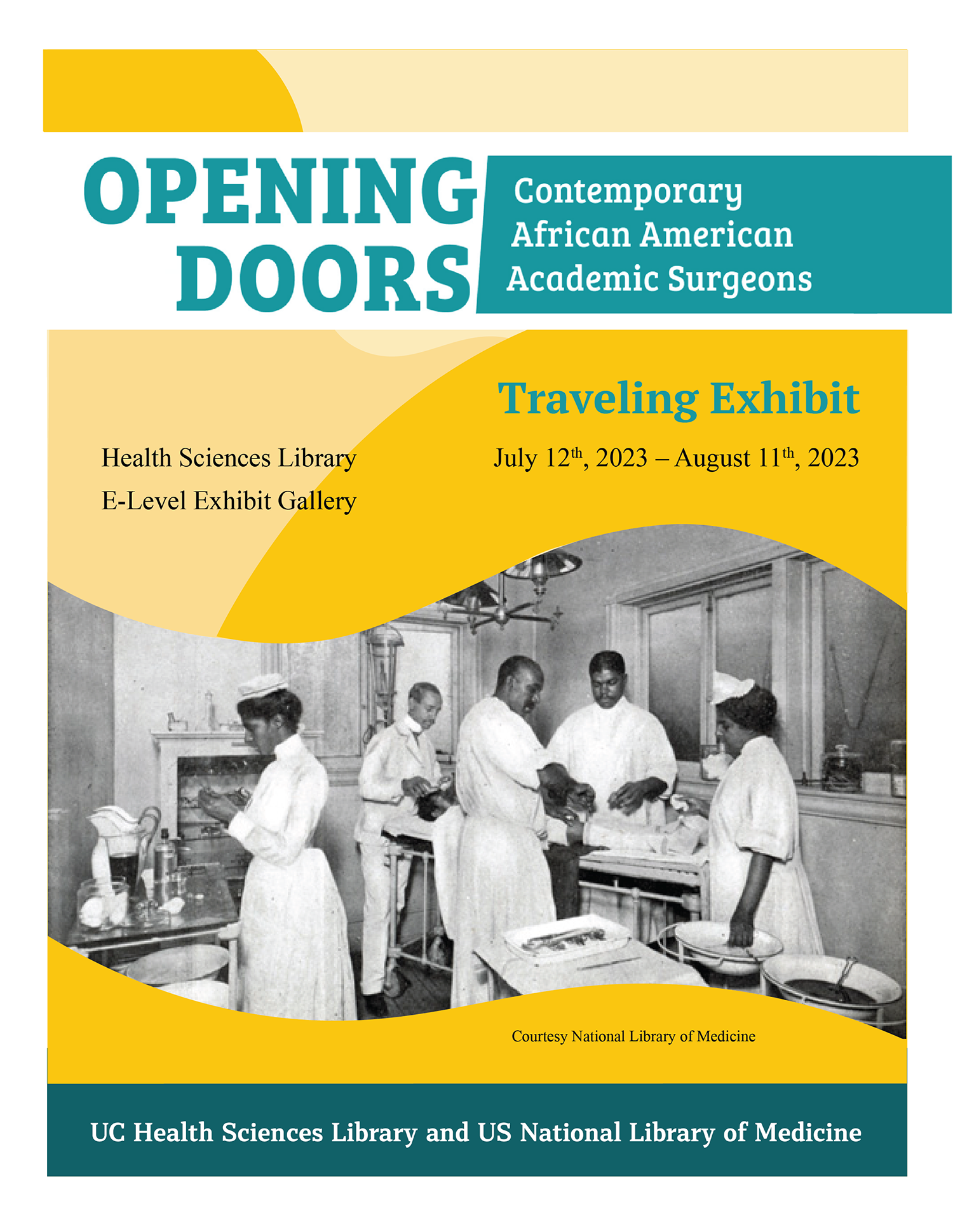
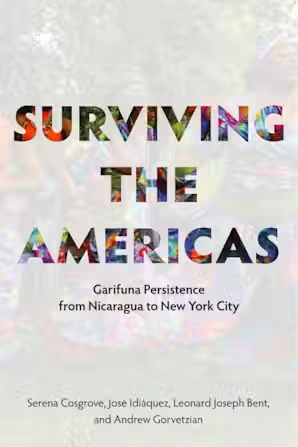
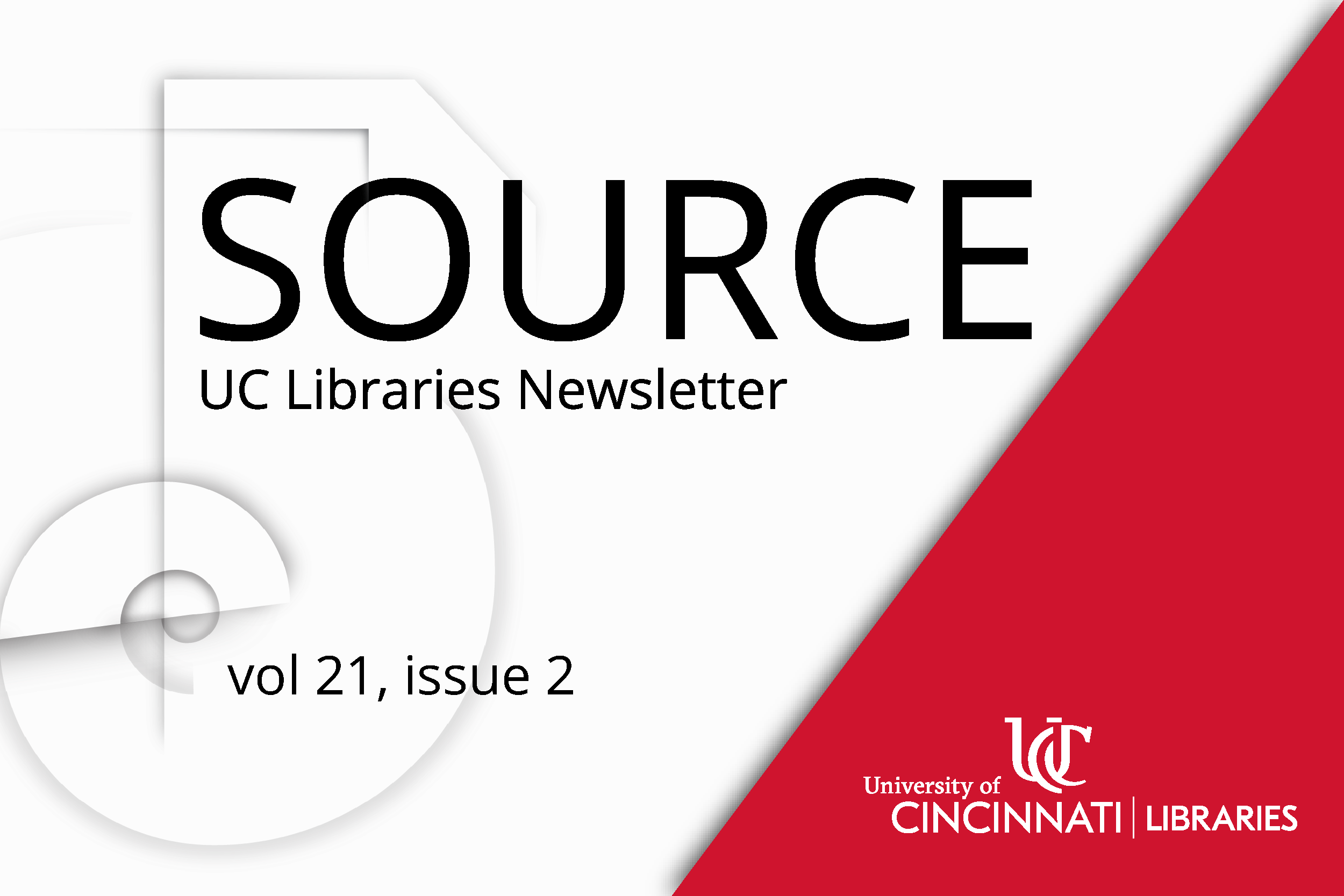
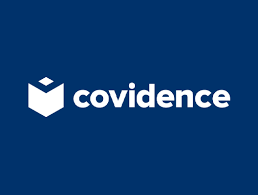
 UC Clermont has updated its offerings of iPads. There are now 5 new iPad kits available for UC Clermont students and faculty to borrow. The kits include an iPad, keyboard, Apple pencil, USB-C charger, charging adapter, USB-C to lightening adapter, and carrying case. They can be borrowed from the UC Clermont Library front desk for up to one-week. The included apps are Canvas, OneDrive, Zoom, and more.
UC Clermont has updated its offerings of iPads. There are now 5 new iPad kits available for UC Clermont students and faculty to borrow. The kits include an iPad, keyboard, Apple pencil, USB-C charger, charging adapter, USB-C to lightening adapter, and carrying case. They can be borrowed from the UC Clermont Library front desk for up to one-week. The included apps are Canvas, OneDrive, Zoom, and more.